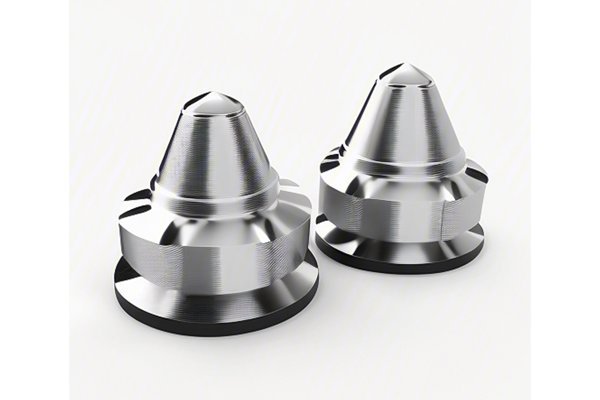Opening:
Did you know that carbon fiber components can offer the same strength as steel while weighing up to 70% less? This remarkable attribute makes carbon fiber a popular choice in industries ranging from aerospace to automotive. However, achieving optimal precision in CNC (Computer Numerical Control) machining of carbon fiber presents significant challenges, particularly in the form of precision deviations. For manufacturers seeking to leverage the benefits of carbon fiber, understanding and solving these issues is paramount to maintaining quality and efficiency.
—
Before delving into solutions, it’s vital to understand what precision deviation means in the context of CNC machining. Precision deviation occurs when the dimensions or features of a machined part do not match the specifications set during the design phase. In carbon fiber CNC machining, even minor discrepancies can lead to substantial implications, including compromised structural integrity and increased material waste.
One study highlighted that precision deviations can occur in up to 20% of carbon fiber components, leading to increased rework and costs. Such statistics underscore the necessity for CNC operators and manufacturers to be vigilant and proactive in mitigating precision deviations.
Key Factors Contributing to Precision Deviation
Solutions to Precision Deviation in Carbon Fiber CNC Machining
Using high-quality, specially designed cutting tools for carbon fiber can significantly reduce precision deviations. Consider investing in diamond-coated tools that are purpose-built for the material. These tools exhibit longer lifespans and maintain sharper edges, which improves the accuracy of cuts.
It’s essential to thoroughly understand the specific carbon fiber material being machined. Different manufacturing techniques (like prepreg versus woven fabrics) can yield variations in fiber alignment and density. Conducting material analysis before machining can inform adjustments to CNC settings for optimal performance.
Regular calibration checks on CNC machines cannot be overstated. Establish a maintenance schedule that includes mechanical inspection and calibration. Precision measurement tools such as laser calibration systems can be instrumental in ensuring that the machine remains aligned.

Identifying the ideal cutting parameters for carbon fiber is crucial. Utilize the following strategies:
Establish a controlled environment for CNC machining operations. Implement climate controls that maintain a stable temperature and humidity level, thereby minimizing material expansion or contraction that could affect machining precision.
Incorporating real-time monitoring and feedback mechanisms can greatly enhance machining precision. Utilizing systems that track cutting forces, vibrations, and tool wear can help operators make immediate adjustments, thus preventing deviations before they occur.
Cutting-Edge Technologies to Enhance Precision
Looking forward, several emerging technologies are poised to further reduce precision deviations in CNC machining:
Precision deviations in carbon fiber CNC machining are not just inconveniences; they can lead to serious quality control issues affecting product performance and driving up manufacturing costs. By implementing quality tooling, understanding material composition, routinely calibrating machines, optimizing cutting parameters, controlling the environment, and embracing innovative technologies, manufacturers can tackle these challenges head-on.
The commitment to improving precision in CNC machining isn’t just about rectifying current issues; it’s a strategic move that positions businesses to harness the full strength and lightness that carbon fiber offers. Recognizing and addressing precision deviations effectively not only enhances output quality but also ensures industry competitiveness in a rapidly evolving technological landscape. Keep these strategies in mind, as understanding their importance can lead to significant advancements in the precision of your carbon fiber machining operations.






